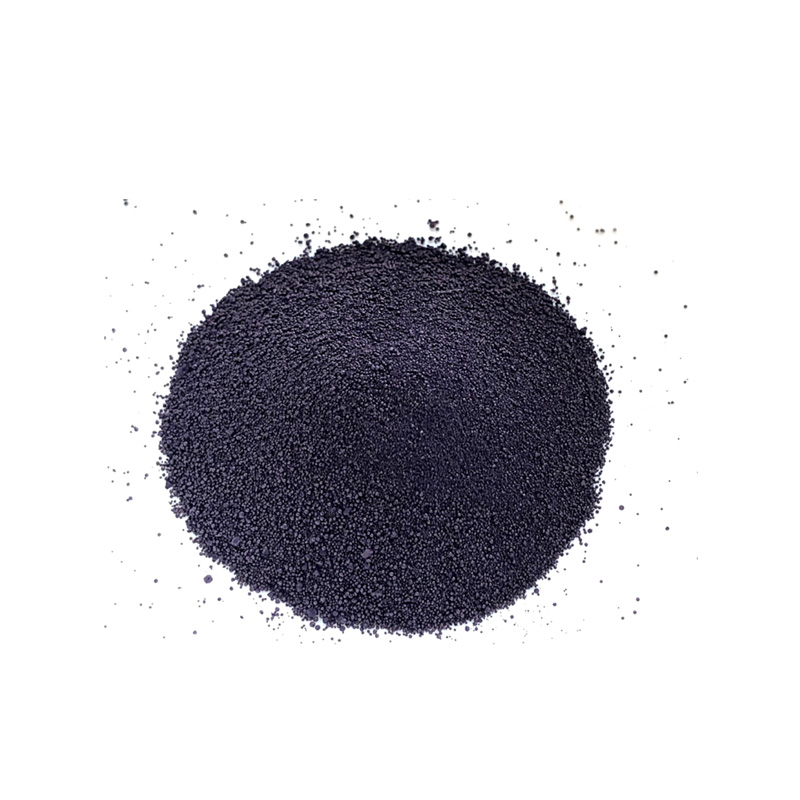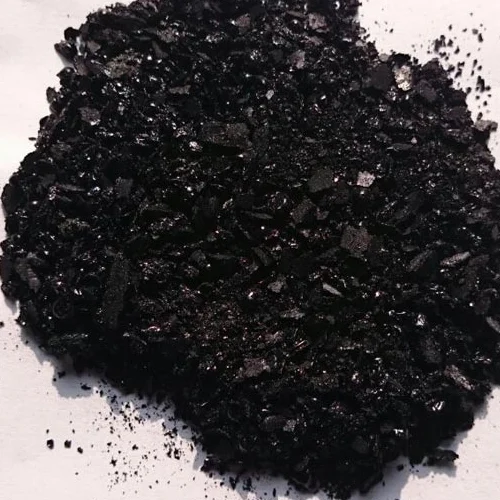
indigo blue granular service


Incorporating high-quality sulfur dyes into production has also demonstrated significant economic advantages. Given their cost-effectiveness compared to alternatives like vat or reactive dyes, sulfur dyes enable manufacturers to maintain a competitive edge without compromising quality. The straightforward dyeing process, which does not necessitate complex machinery or extensive training, adds to the operational efficiency, which is vital in maintaining profitability in a competitive market landscape. With authority rooted in years of hands-on involvement with textile manufacturing, it is evident that the strategic deployment of high-quality sulfur dyes can yield substantial benefits. Their durability, cost-efficiency, and now sustainable advancements position them as an indispensable resource in the textile industry. Future innovations are likely to continue enhancing their competitiveness, perhaps integrating digital dyeing technologies to further elevate their application potential. For those in the industry seeking trusted sources, partnering with reputable chemical manufacturers who prioritize quality control and ethical production practices is essential. Reliable suppliers typically provide comprehensive technical support, ensuring that users can fully leverage the benefits of high-quality sulfur dyes. In conclusion, high-quality sulfur dye represents both a tradition and a future in fabric dyeing, bridging the needs of industry with responsible environmental practices. By navigating the complexities of these dyes with expertise and experience, manufacturers can achieve remarkable results, meeting the evolving demands of both the market and regulatory bodies. As with any chemical application, ongoing education and adherence to best practices solidify the trustworthiness of sulfur dyes as an invaluable tool in textile production.
-
The Timeless Art of Denim Indigo Dye
NewsJul.01,2025
-
The Rise of Sulfur Dyed Denim
NewsJul.01,2025
-
The Rich Revival of the Best Indigo Dye
NewsJul.01,2025
-
The Enduring Strength of Sulphur Black
NewsJul.01,2025
-
The Ancient Art of Chinese Indigo Dye
NewsJul.01,2025
-
Industry Power of Indigo
NewsJul.01,2025
-
Black Sulfur is Leading the Next Wave
NewsJul.01,2025

Sulphur Black
1.Name: sulphur black; Sulfur Black; Sulphur Black 1;
2.Structure formula:
3.Molecule formula: C6H4N2O5
4.CAS No.: 1326-82-5
5.HS code: 32041911
6.Product specification:Appearance:black phosphorus flakes; black liquid

Bromo Indigo; Vat Bromo-Indigo; C.I.Vat Blue 5
1.Name: Bromo indigo; Vat bromo-indigo; C.I.Vat blue 5;
2.Structure formula:
3.Molecule formula: C16H6Br4N2O2
4.CAS No.: 2475-31-2
5.HS code: 3204151000 6.Major usage and instruction: Be mainly used to dye cotton fabrics.

Indigo Blue Vat Blue
1.Name: indigo blue,vat blue 1,
2.Structure formula:
3.Molecule formula: C16H10N2O2
4.. CAS No.: 482-89-3
5.Molecule weight: 262.62
6.HS code: 3204151000
7.Major usage and instruction: Be mainly used to dye cotton fabrics.
